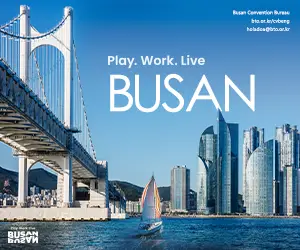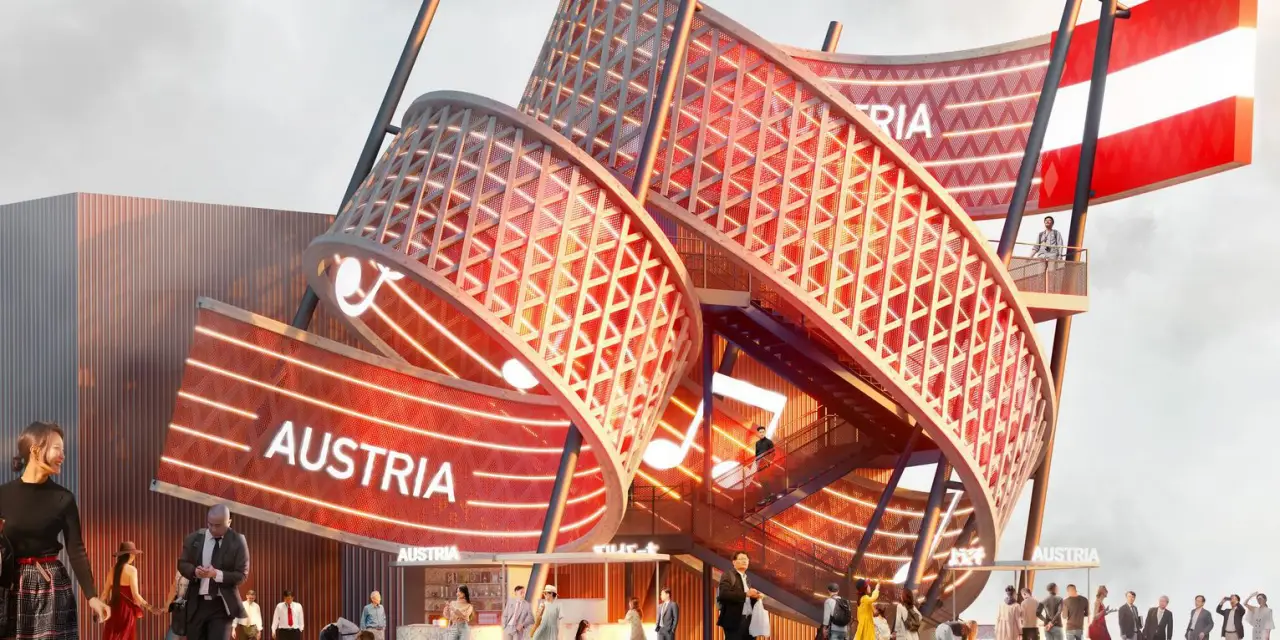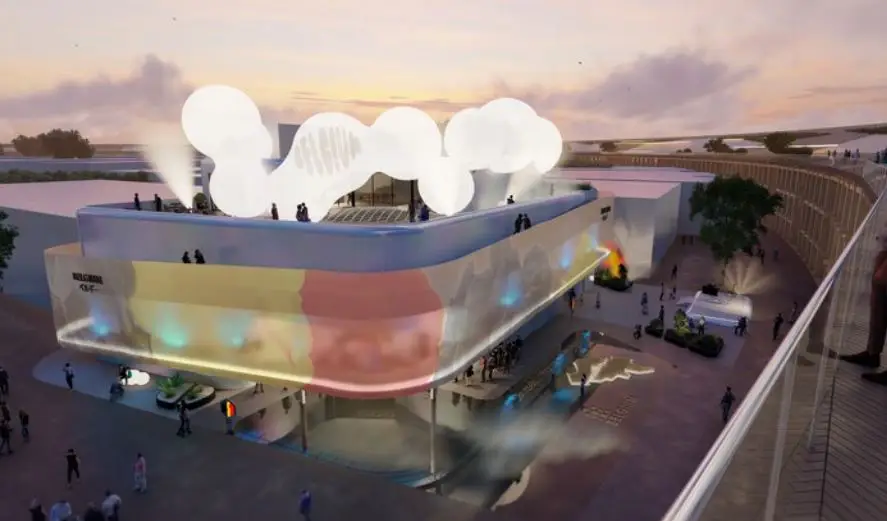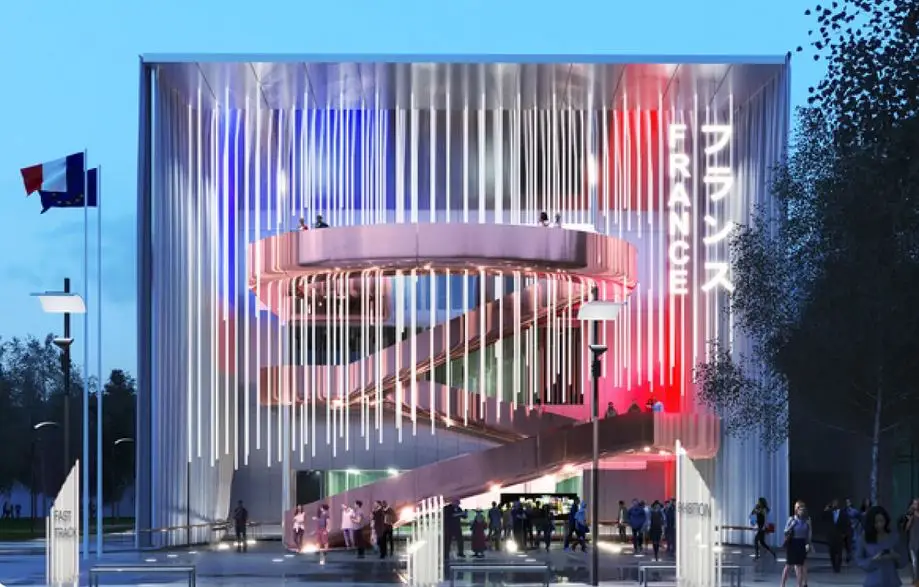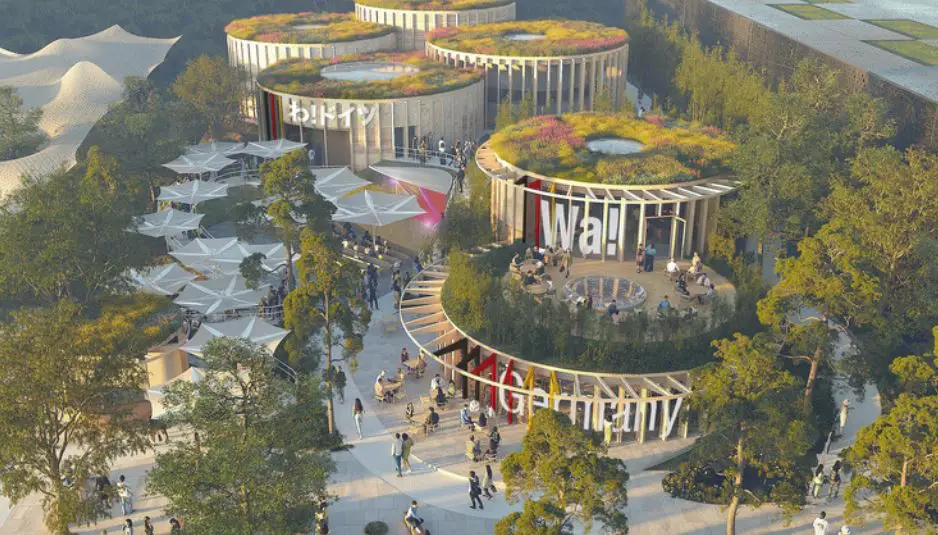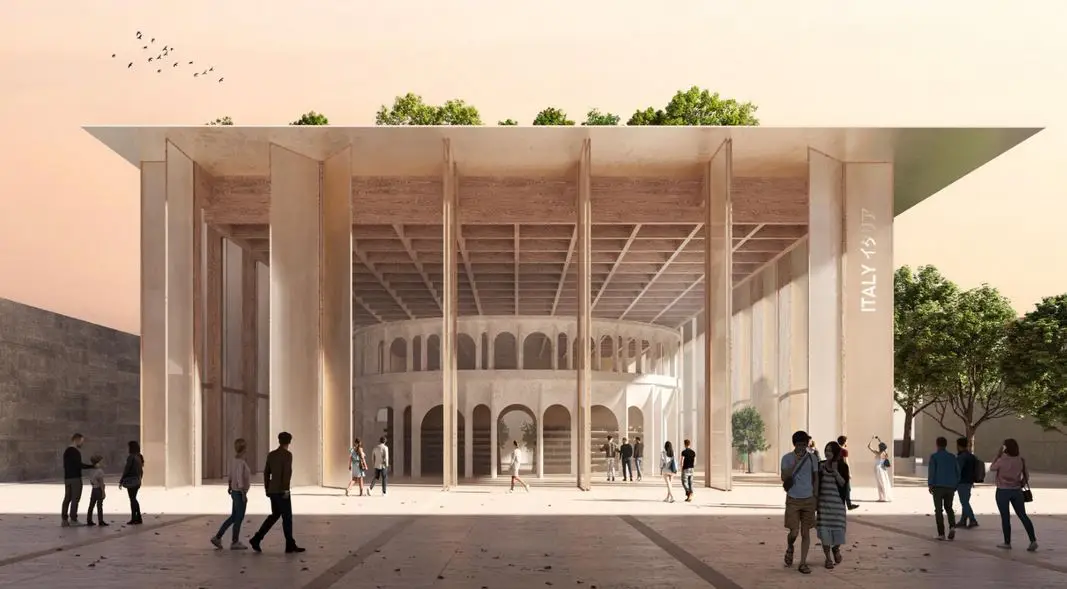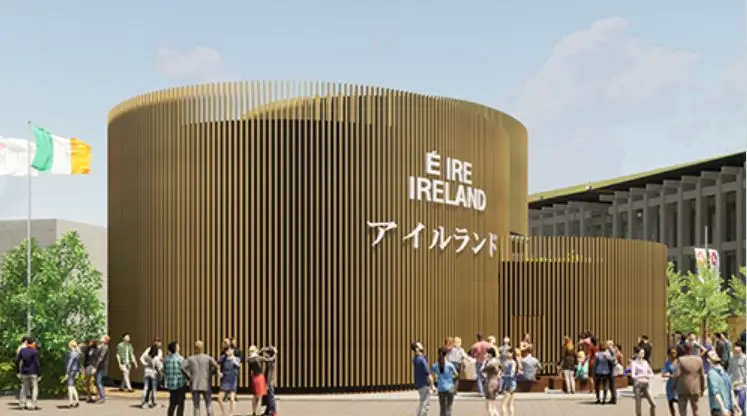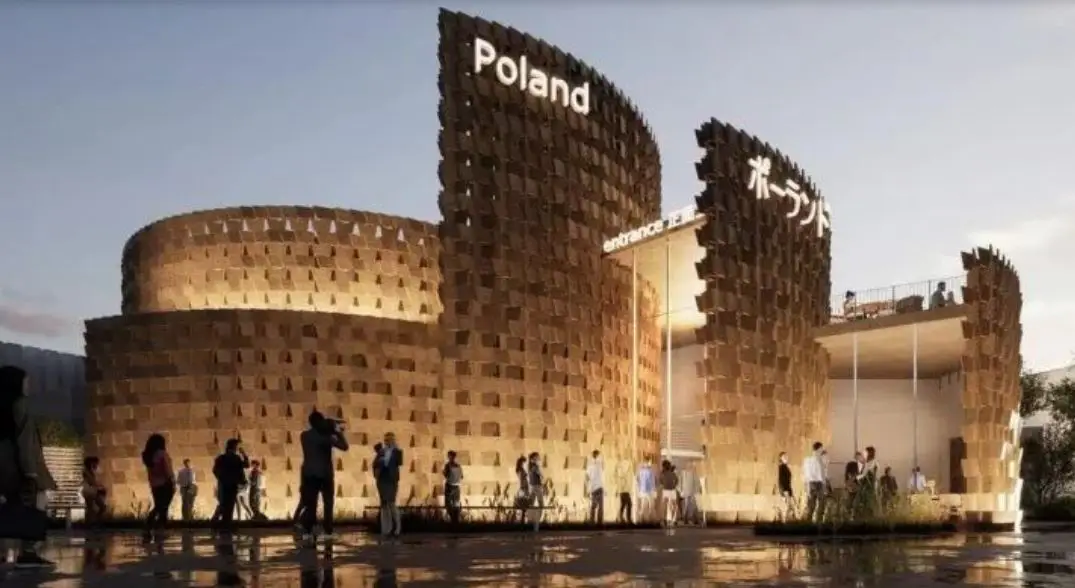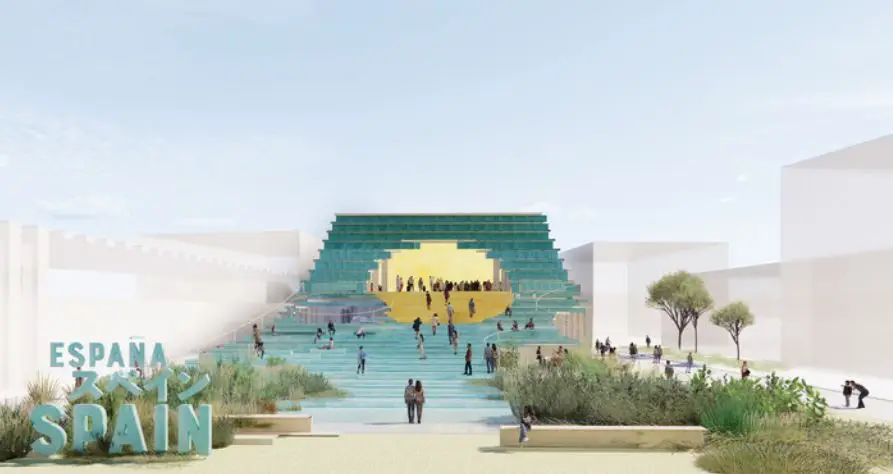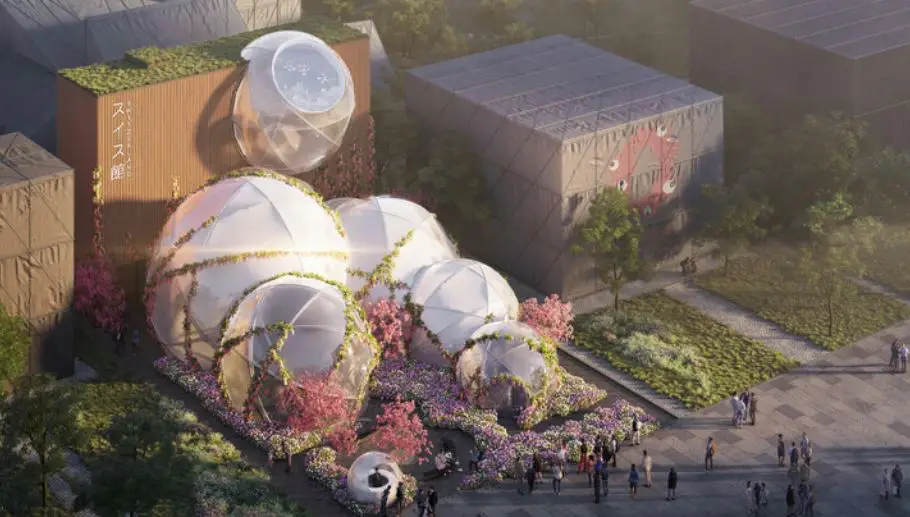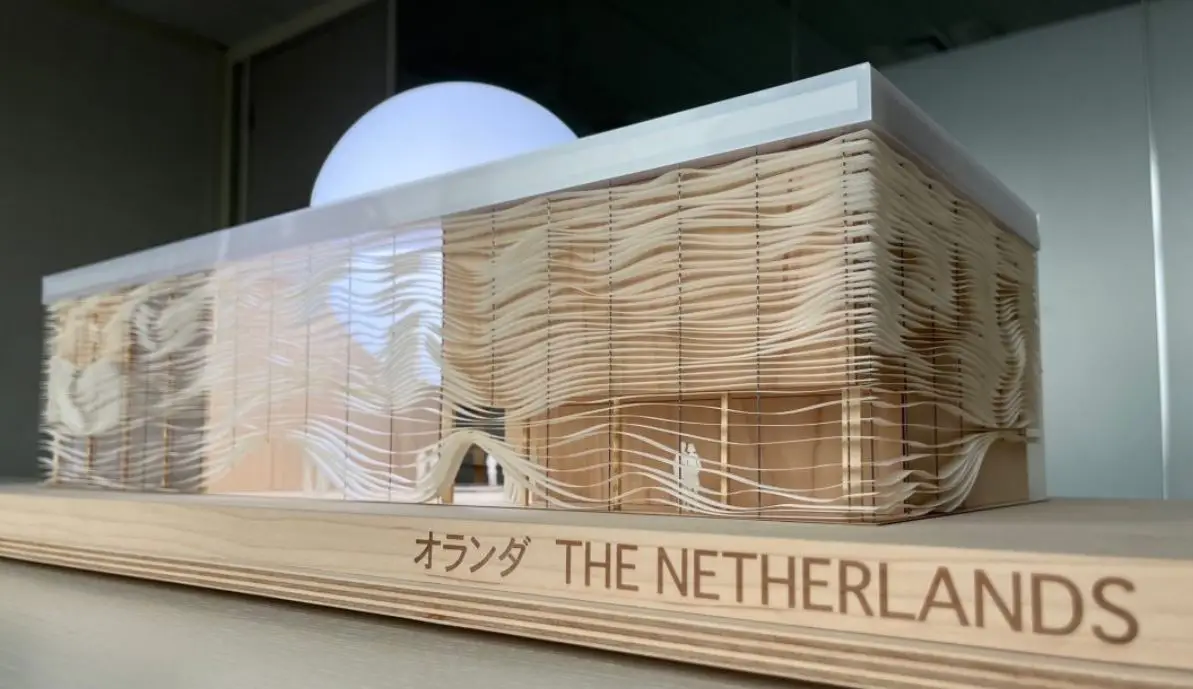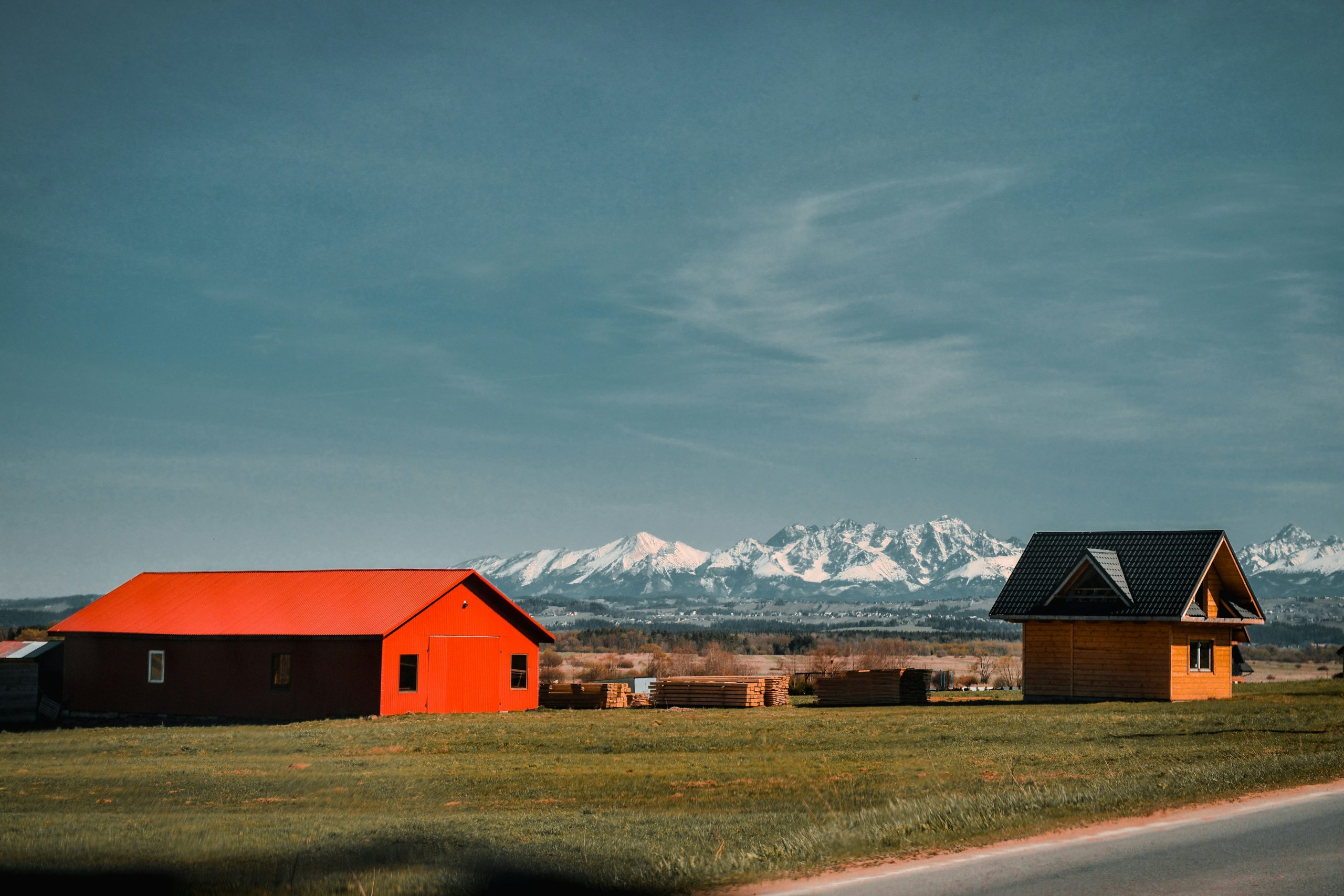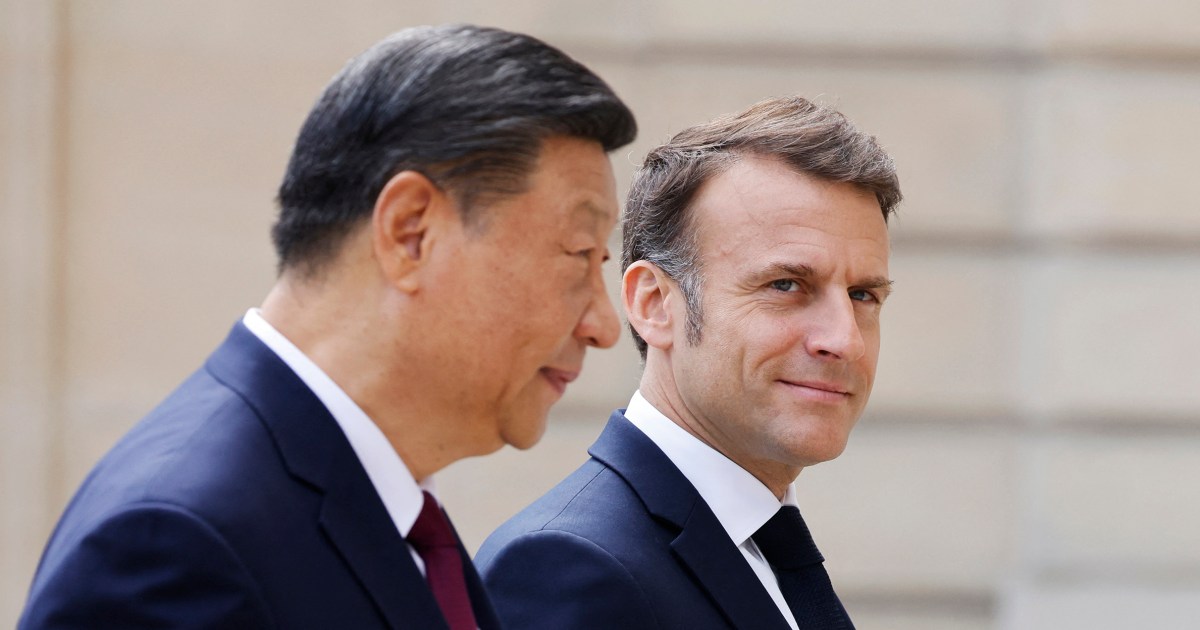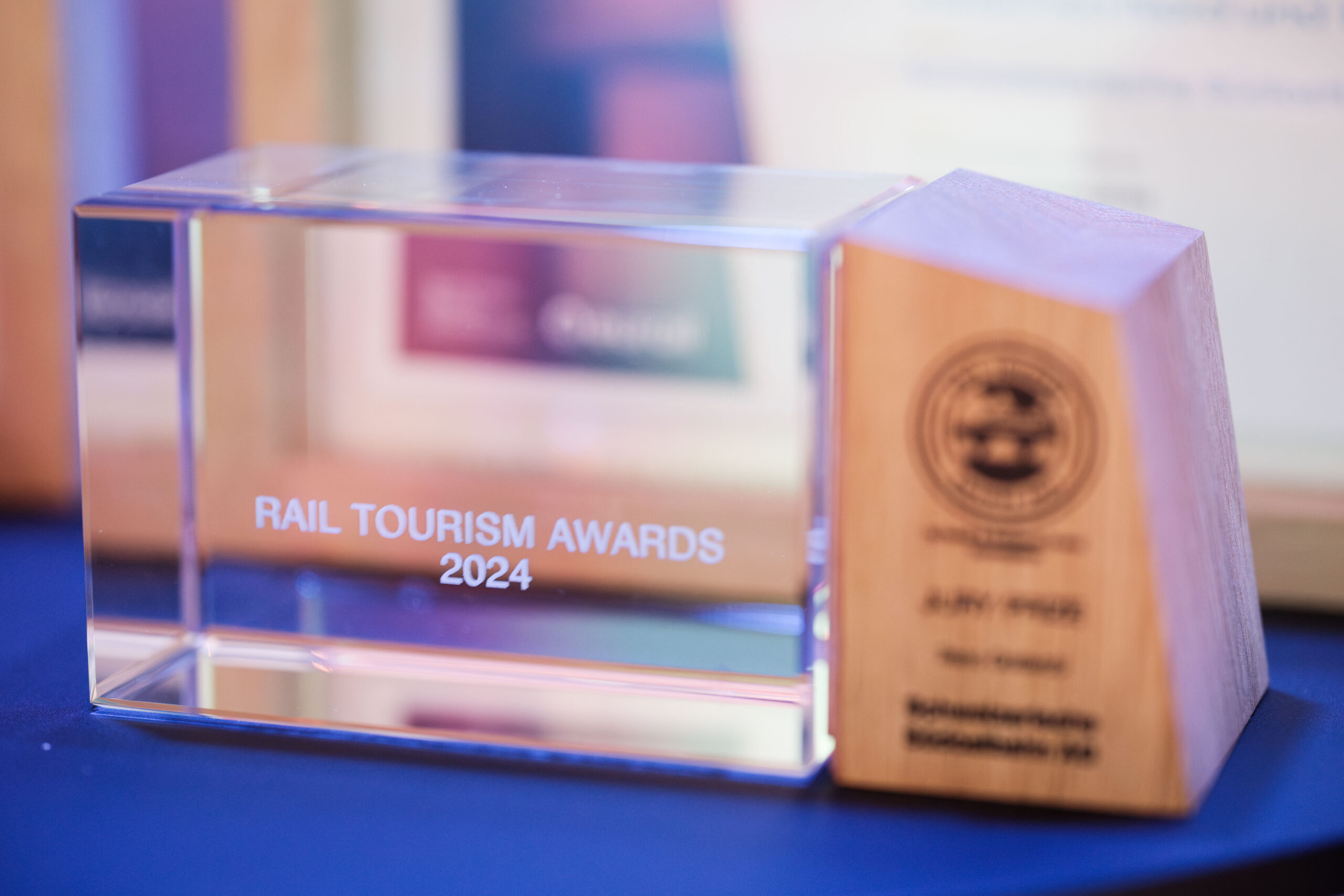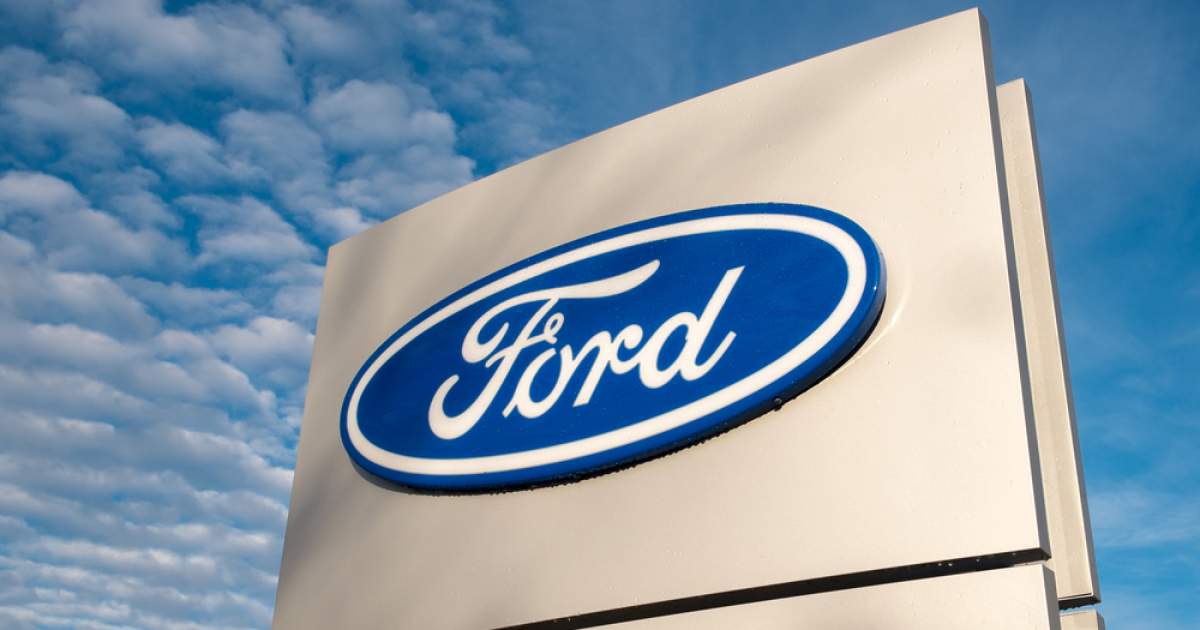Travel
Expo Osaka 2025 : National Pavilions from Europe – Focus on Travel News
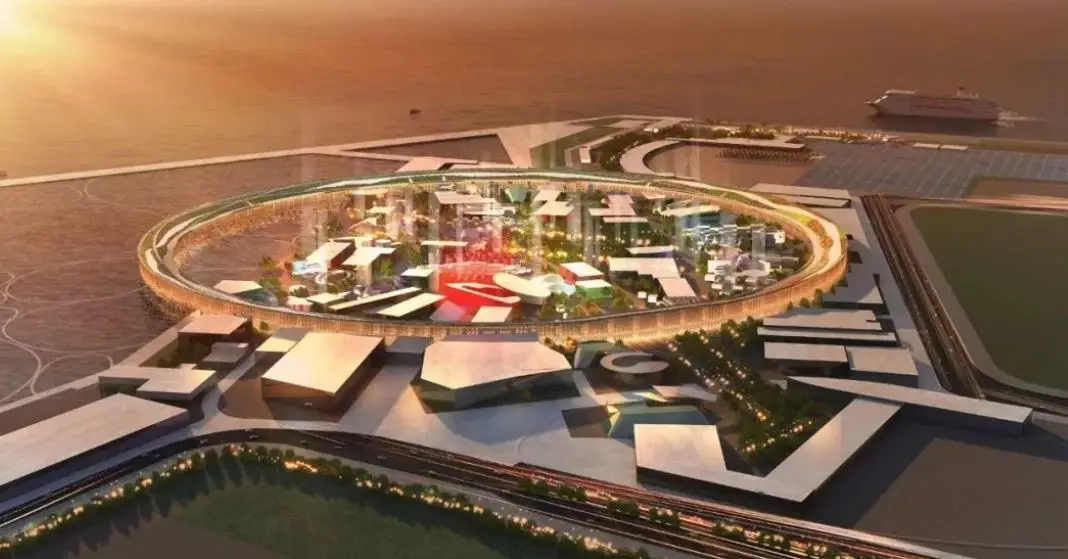
Expo Osaka 2025 will take place in the Osaka-Kansai region of Japan from April 13 to October 13, 2025.
Under the theme “Designing Future Society for our Lives,” the Expo is expected to attract over 28 million visitors including 3.5 million from abroad, exploring contributions from around 150 countries.
Of these, about 40 countries and regions will build their own pavilions, all highlighting the theme of the circular economy and sustainability.
Here is the first in a series on the visuals of national pavilions from Europe. This will be followed by Asia, the Middle East as well as the Americas.
1.Austria
The Austrian pavilion’s attraction is music under the theme “Composing the Future.” The pavilion will welcome visitors with a sculptural spiral rising into the sky — a gigantic musical score constructed with wooden boards screwed into place.
One of the highlights is a room named the Cathedral of the Future, where visitors can play a musical instrument and artificial intelligence will gather those sounds to compose music. The Vienna Boys Choir will perform at the expo site on May 23, Austria’s national day.
2. Belgium
The Belgian pavilion explores the universal significance of water and Belgium’s rich historical ties to water. The hexagonal shape of this space, inspired by the molecular structure of water, symbolises unity, balance, and community. The pavilion also reflects Belgium’s federated nature, with distinct façade elements representing the country’s different regions
3. Czech Republic
The pavilion is called “Sculpture of Vitality” and adopts a spiral form to evoke an upward dynamic spiral movement. The spiralling exterior of the Czech pavilion echoes the arrangement of its exhibition spaces, which will take the form of a ramp winding up around a skylit atrium.
It encourages visitors to move and highlight the importance of physical exercise. Its twisting form will be built from timber and enclosed by a glass facade, nodding to the Czech Republic’s history of glassmaking.
4. France
The theme of the France Pavilion is a hymn to love. The pavilion’s “red thread” offers a new vision of the future, one guided by various forms of Love such as “Loving yourself”, “Loving others” and “Loving nature”.
From the entrance, its facade will unfold, resembling an open theatre stage to the public while preserving an element of mystery. The side facades, like stage curtains, will remain entirely veiled. There will be a garden, revealing itself at the last moment.
5. Germany
The pavilion is titled “Wa! Doitsu,” translating to “Wow! Germany.” It features seven circular wooden buildings made of reusable materials. The word “wa” means “circle” in Japanese and also carries connotations such as “harmony,” in this case between nature and technology. But the word is also meant to suggest an enthusiastic “wow.”
Visitors will be greeted by a round-shaped original mascot called Circular inspired by Japan’s “kawaii” (cute) culture. A palm-sized version of Circular, which serves as an audio guide, will help guests navigate the pavilion. The pavilion will also have a restaurant named “Oishii! Germany,” where visitors can enjoy currywurst, a popular street food in Berlin, and traditional beef stew. “Oishii” means “delicious” in Japanese.
6. Italy
For the first time, one pavilion will host two states, namely Italy and the Vatican City State. The Italian pavilion will be divided into three spaces named The Theatre, The Ideal City and The Italian Garden to provide visitors with the feeling that they are “breathing the air of Italy”.
The pavilion features a its portico-like facade, formed of tall columns that frame a large atrium. The interior will take on the colours of Renaissance paintings and the scale of urban landscapes across the country.
7. Ireland
The design of the pavilion is based on the triskele, an ancient Celtic motif used in Irish art and craft since the Stone Age. Three intersecting spaces, symbolic of the three connected spirals of the triskele, represent Ireland, Ireland’s special relationship with Japan, and the spirit of creative collaboration.
The pavilion is clad in Irish timber, reflecting the rich, shared heritage of Irish and Japanese craft.
8. Poland
The Poland pavilion expresses itself through a form of a spiral or galaxy. Poland will present its main resource of which is its creative people where the “gene of creativity” is passed down from generation to generation.
The architectural design of the pavilion is based on the use of wood. The form resembles a spreading wave of Polish creativity and innovation. The works of Fryderyk Chopin will be performed during the planned cycle of piano recitals in the Pavilion’s concert room.
9. Spain
The ocean and the sun are the symbols that shape the architecture of the Pavilion which is named “The Kuroshio Current,” a powerful ocean current that influences the climate and biodiversity of Japan. Its architectural design evokes the organic forms of the sea and the sun’s energy, also paying homage to one of the “secrets” of Spanish navigation.
Visitors will enjoy a multisensory experience that will transport them along the Spanish coast, from the beaches of Galicia to the Mediterranean, exploring marine biodiversity, the blue economy, and the fight against climate change. The pavilion will also accommodate Spanish artistic and cultural expressions, highlighting the country’s rich history and traditions.
10. Switzerland
Switzerland’s pavilion of recyclable spheres is set to be its “lightest ever”, thanks to the use of very light membrane material made from a durable, fluorine-based plastic film known as ETFE for the spheres. It will feature four interconnected spheres showcasing robotics and other innovative technologies.
Visitors will be welcomed by an area designed to recreate the nature of the Swiss Alps. There will be different touchpoints involving the world of Heidi, a children’s novel about the life of a girl in the Alps.
A souvenir shop offering toys will also be set up, while coffee, croissants, bubble tea, ice cream and other food and drinks will be available at its rooftop bar overlooking the pavilion.
11. The Netherlands
The theme of the Netherlands’ participation is ‘Common Ground: creating a new dawn together’. The pavilion features a structure organised around a “rising sun” and enclosed by rippled water-like facades. Visitors will discover new technologies that can harness the power of water, making renewable energy more accessible to everyone.
This design is intended as a symbol of clean energy, reflecting the pavilion’s interactive exhibits that will showcase the potential of water in the world’s transition to renewables.

